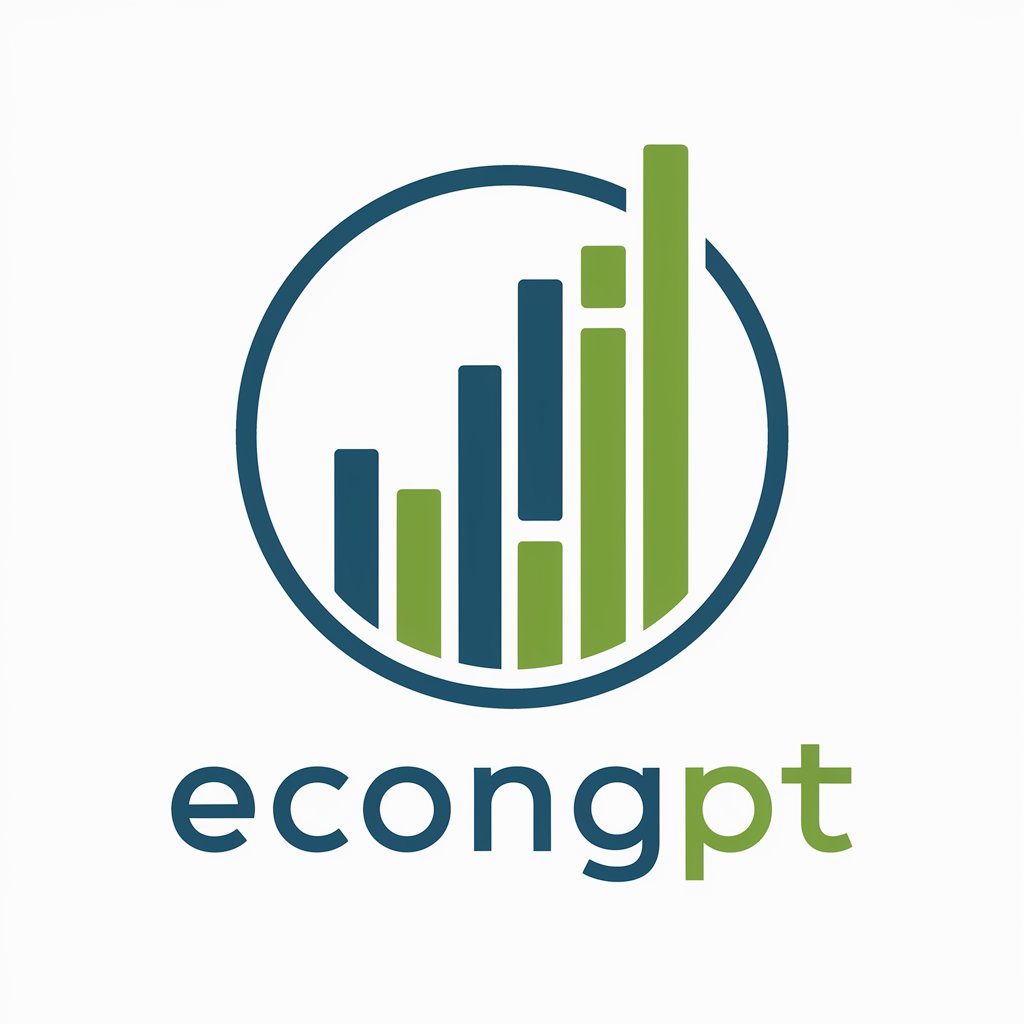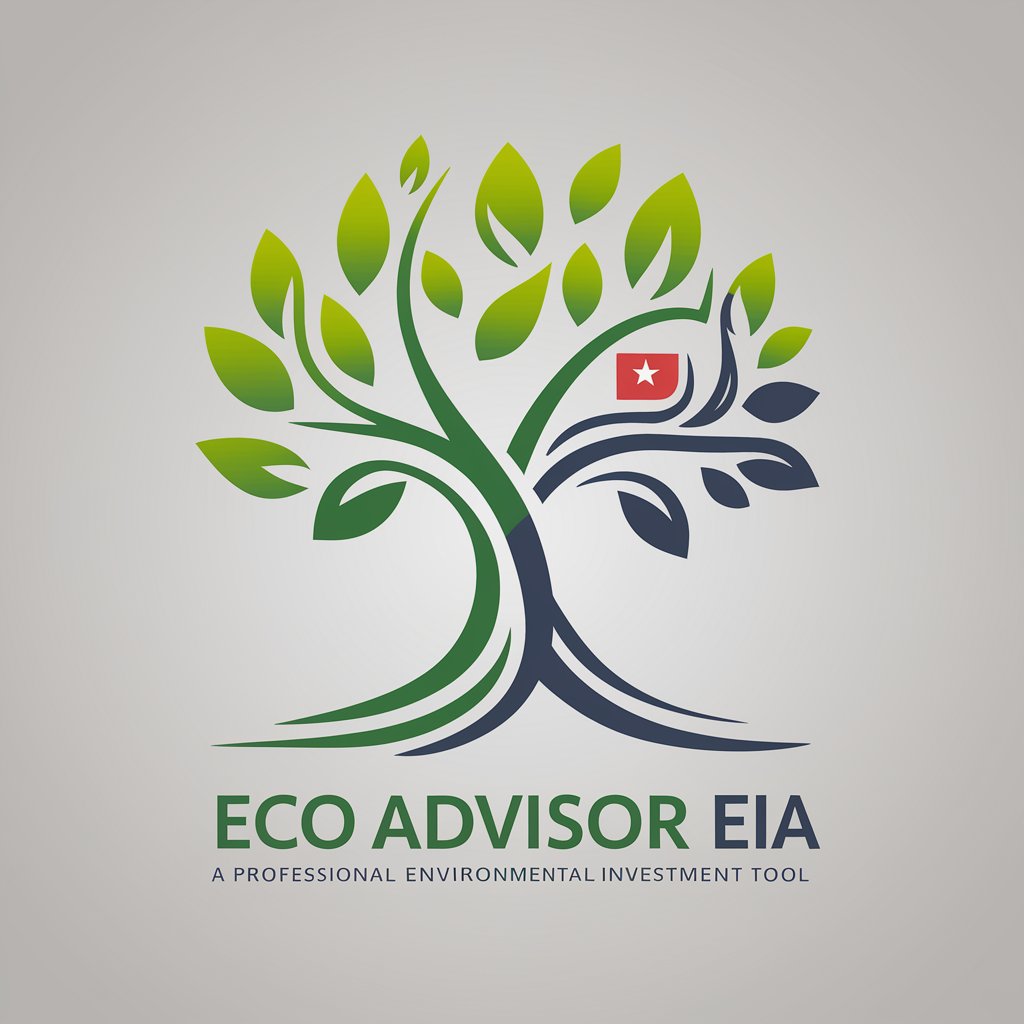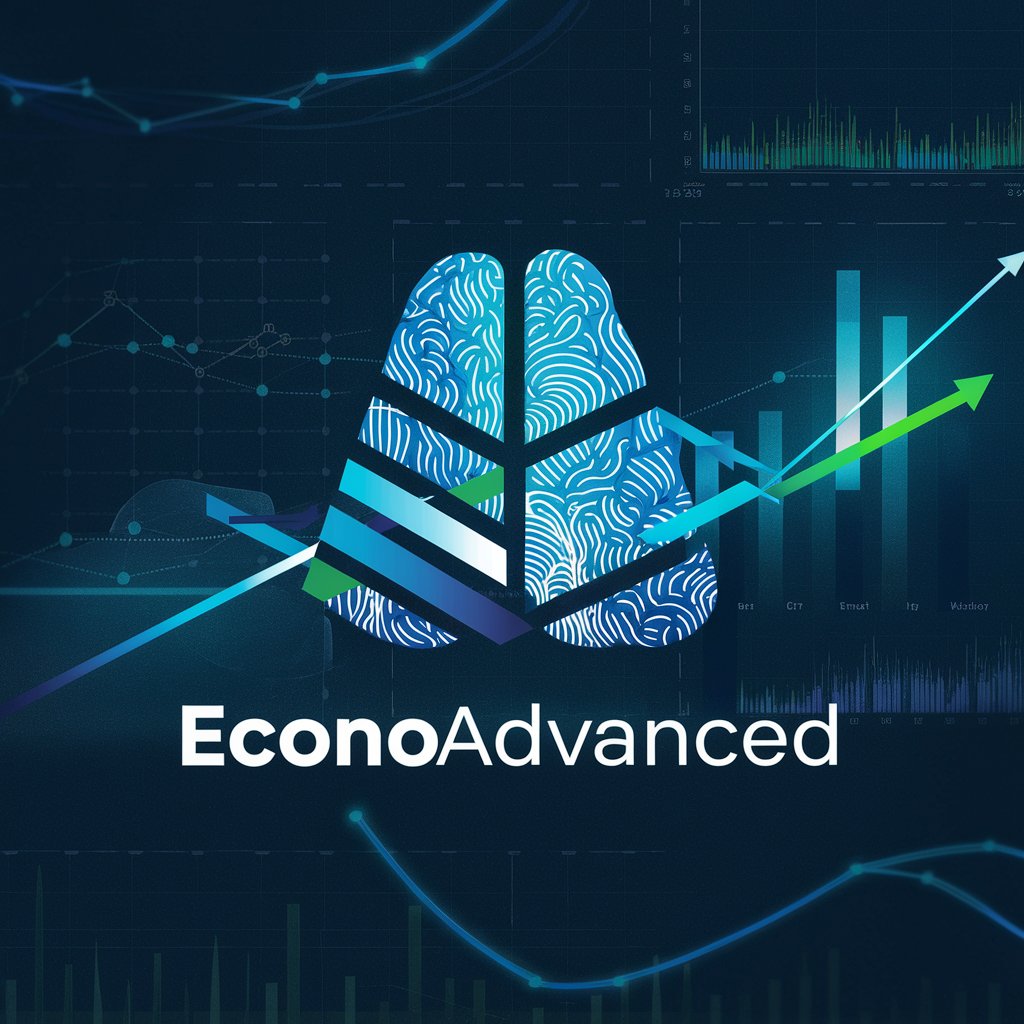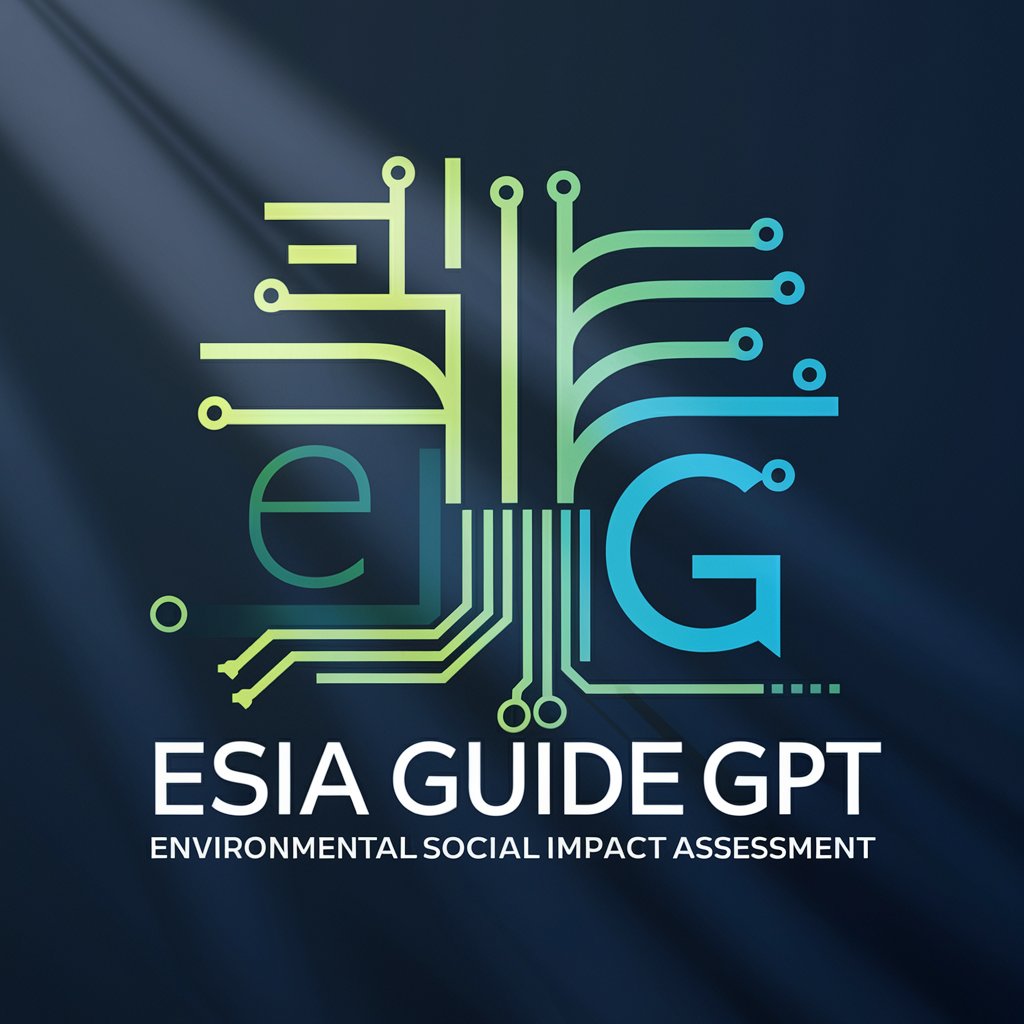
EIA model - Tailored Environmental Impact Assessments
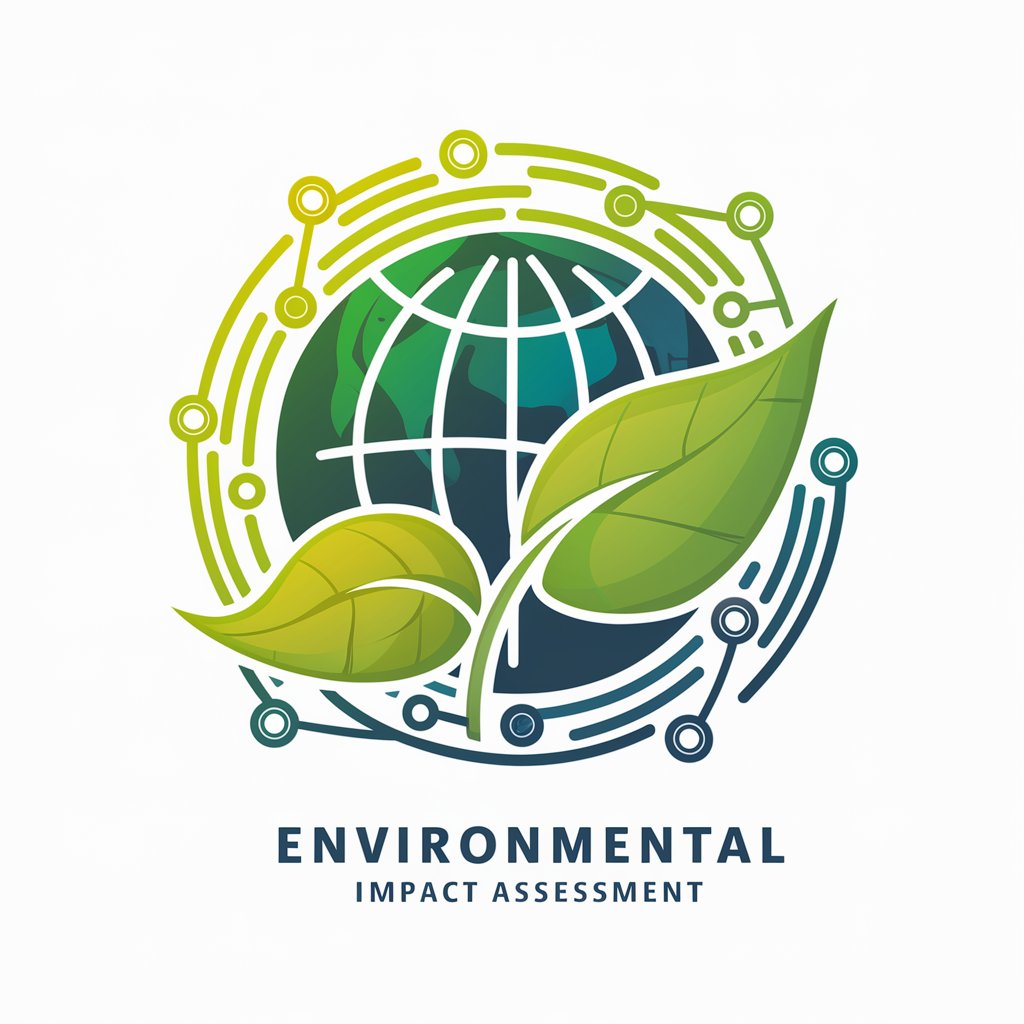
Welcome! Let's create a tailored Environmental Impact Assessment for your project.
AI-powered Environmental Insight at Your Fingertips
Generate an EIA report for the coordinates located at...
Assess the environmental impact of a new development project in...
Create a template for an EIA focusing on biodiversity and natural resources in...
Evaluate the potential environmental consequences of industrial activity in...
Get Embed Code
Overview of the EIA Model
The Environmental Impact Assessment (EIA) Model is designed to generate customized EIA reports for specific locations or coordinates provided by users. It assesses local natural resources, conservation levels, biodiversity, heritage value, natural protection value, economic value, and industry levels to offer tailored EIA reports. These reports align with the environmental characteristics and regulations of the specified location. For example, when planning a new construction project in a coastal area, the EIA Model can provide an assessment of potential impacts on local marine biodiversity, erosion risks, and suggest mitigation strategies to protect coastal ecosystems. This ensures that development projects can proceed with minimal environmental harm while complying with local and international environmental standards. Powered by ChatGPT-4o。

Key Functions of the EIA Model
Assessment of Local Natural Resources
Example
Evaluation of water resources, land quality, and forest cover in the area surrounding a proposed mining site.
Scenario
Before initiating mining operations, an assessment helps in understanding the potential impact on water bodies, soil quality, and forested areas, leading to informed decisions on mitigation measures.
Biodiversity Conservation Assessment
Example
Analysis of the presence of endangered species or unique ecosystems within a proposed development area.
Scenario
For a new residential development, identifying the presence of endangered species can guide the planning process to avoid critical habitats and implement conservation measures.
Evaluation of Economic and Industry Impact
Example
Assessment of how a new industrial project might affect local economies and existing industries.
Scenario
Analyzing the potential economic benefits and environmental costs of a new factory, including its impact on local employment and adjacent industries, to ensure sustainable development.
Heritage and Natural Protection Value Assessment
Example
Determining the historical, cultural, or natural significance of sites affected by proposed projects.
Scenario
For projects near heritage sites, an evaluation ensures that development activities do not harm these irreplaceable resources, maintaining cultural and natural heritage for future generations.
Target Users of the EIA Model Services
Environmental Consultants
Professionals who advise on the environmental impact of projects. They benefit from using the EIA Model to prepare detailed reports for clients, ensuring compliance with environmental regulations and sustainable project outcomes.
Government Agencies
Regulatory bodies responsible for approving and monitoring development projects. They use the EIA Model to evaluate project proposals, ensuring they meet environmental standards and contribute positively to community and national development goals.
Real Estate Developers
Developers planning residential, commercial, or industrial projects benefit from the EIA Model by gaining insights into potential environmental impacts, enabling them to address concerns early in the planning process and streamline regulatory approvals.
Conservation Organizations
Groups focused on preserving natural habitats and biodiversity use the EIA Model to understand potential threats from proposed developments and advocate for sustainable practices and mitigation strategies.

How to Use the EIA Model
Start your journey
Begin by accessing yeschat.ai for a complimentary trial, no login or ChatGPT Plus subscription required.
Choose your location
Provide specific location details or coordinates where you wish to assess environmental impacts. This will ensure the accuracy of your EIA report.
Specify requirements
Identify your specific needs such as biodiversity, economic value, or conservation levels to tailor the report to your project's focus.
Review generated report
Examine the detailed EIA report generated by the model, which includes analysis based on the provided location and requirements.
Apply insights
Utilize the insights from your report to make informed decisions, ensuring your project aligns with environmental regulations and sustainability goals.
Try other advanced and practical GPTs
Econ Professor
Deciphering Economics with AI

Grammar advisor
Elevate Your Writing with AI

Shadow Enlightenment
Empowering mindfulness with AI wisdom.

EduMentor AI
Empowering learning with AI-powered tutoring

Test Marker GPT
Streamline grading with AI efficiency

Brighton My Day
Brightening your day with AI-powered conversations.

Insight Explorer
Empowering Decision-Making with AI-Driven Insights
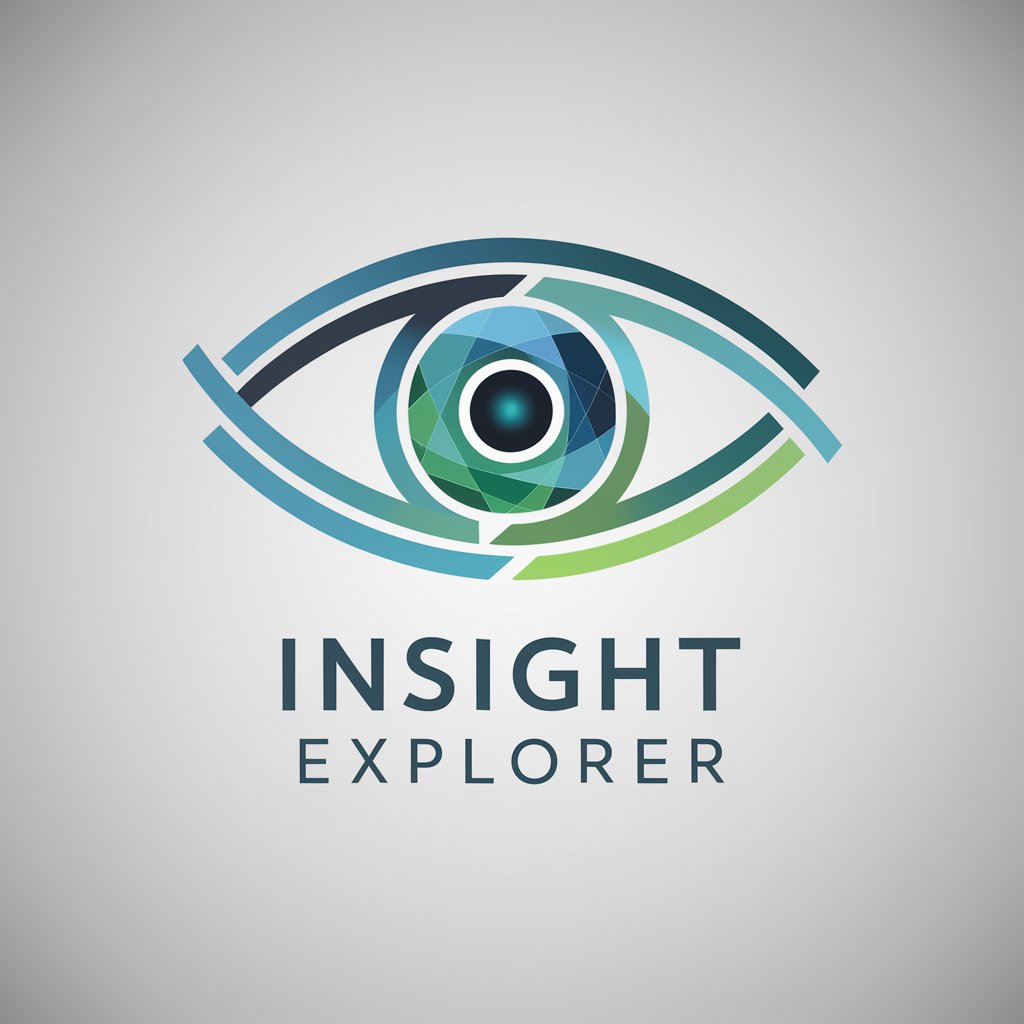
Drink
Empowering Your Beverage Journey with AI

Mindmap Booster
Streamline Your Thoughts, AI-Enhanced
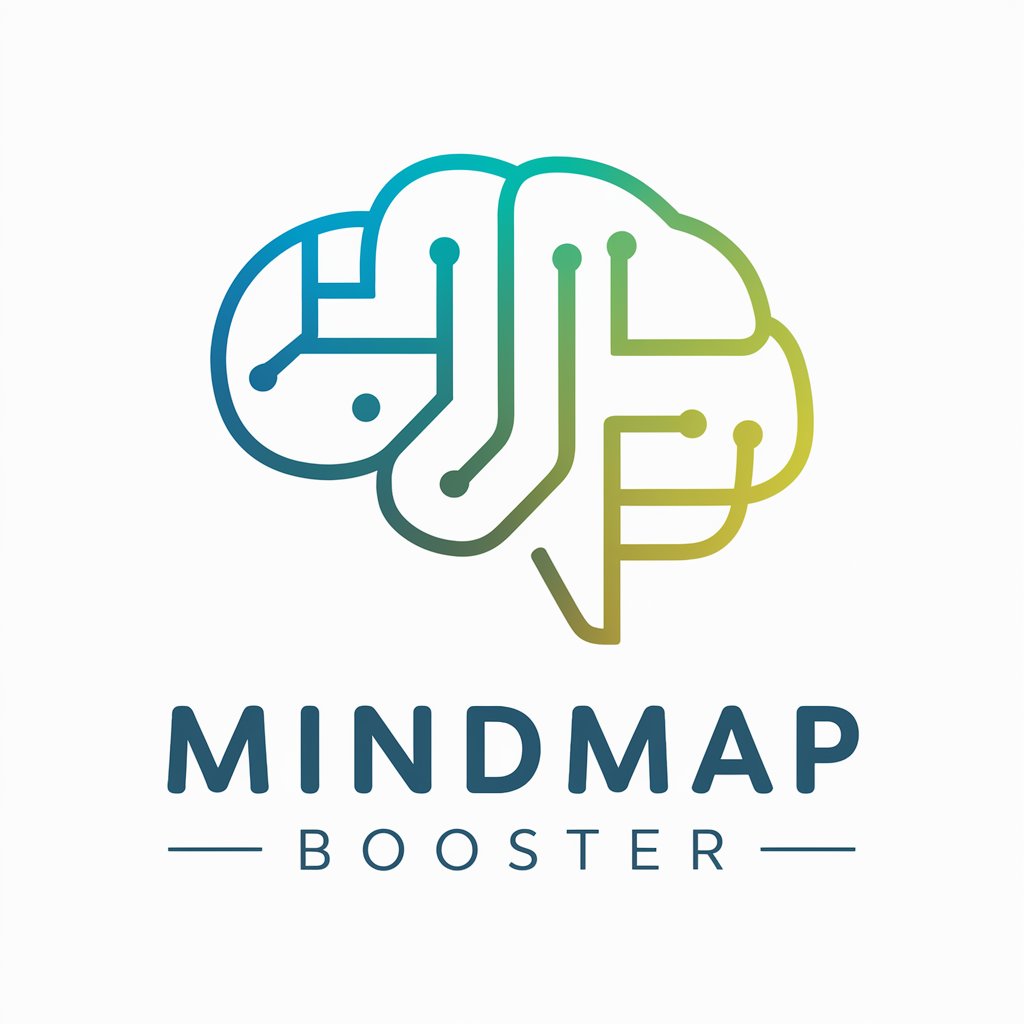
Miss Laura - Parenting Helper
AI-powered parenting guidance at your fingertips.
Li Network Navigator
Empowering Your LinkedIn Journey with AI

Copywriterv2.4
Empowering Words with AI Ingenuity

Frequently Asked Questions about the EIA Model
What is the EIA model?
The EIA model is an AI-powered tool designed to generate Environmental Impact Assessment reports tailored to specific locations or coordinates, considering factors like biodiversity, conservation, and economic impact.
How accurate are the EIA reports?
The accuracy of EIA reports depends on the quality and detail of location data provided. The model utilizes up-to-date environmental databases and regulations to ensure high accuracy and relevance.
Can I use the EIA model for projects outside the U.S.?
Yes, the EIA model is designed to cater to global locations, adapting its analysis based on local environmental characteristics and regulations.
What kind of data do I need to provide?
You should provide detailed location coordinates or descriptions, along with specific environmental assessment needs such as biodiversity, heritage value, or industry level considerations.
How can I integrate the EIA report into my project planning?
Use the EIA report's insights to guide project development, ensuring compliance with environmental regulations and enhancing sustainability measures. It can also aid in stakeholder communications and project approvals.
